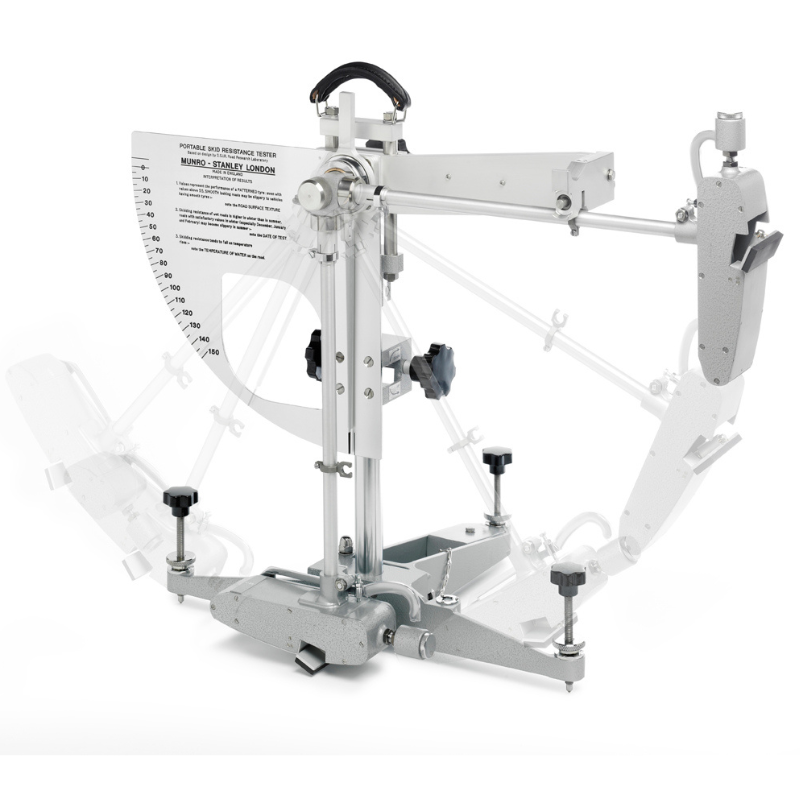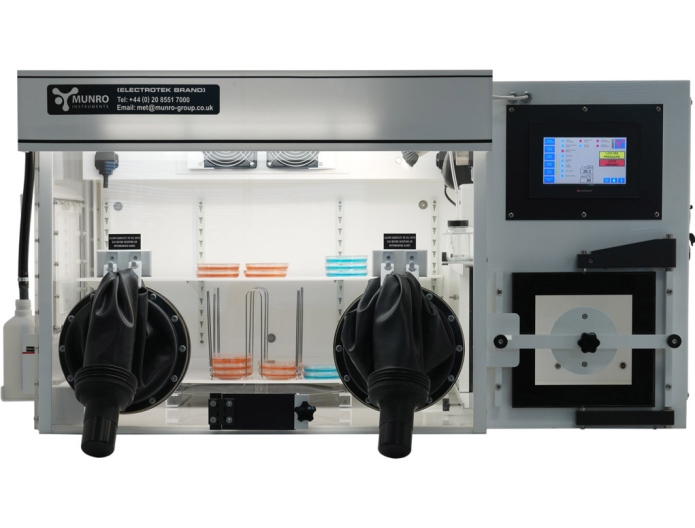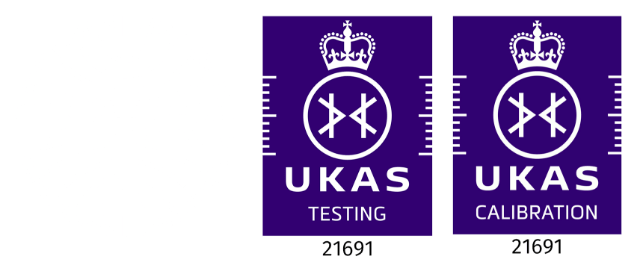Slips, trips, and falls may sound minor compared to heavy machinery accidents or chemical exposures, but statistics tell a different story. They account for a significant percentage of workplace injuries worldwide, leading to lost working days, compensation claims, and—at times—life-changing consequences. Employers carry a legal and moral duty to safeguard their staff from such risks.
Understanding Slips, Trips, and Falls
What Causes Slips?
Slips usually occur when there isn’t enough traction between a worker’s footwear and the walking surface. Common causes include:
- Wet floors from cleaning or spills
- Oily or greasy surfaces
- Loose rugs or mats
- Weather hazards (rain, ice, snow carried indoors)
What Causes Trips?
Trips happen when your foot hits an object or uneven surface, causing loss of balance. Examples include:
- Cables stretched across walkways
- Uneven flooring or damaged carpets
- Poorly stored tools and equipment
What Causes Falls?
Falls result from losing balance completely, either from the same level or from a height. Major causes include:
- Inadequate guardrails on elevated platforms
- Broken ladders or faulty scaffolding
- Unsafe use of stools or chairs instead of proper equipment
Legal Framework: Employer’s Duty of Care
Workplace Safety Laws and Regulations
Every employer has a legal responsibility to protect employees from foreseeable harm. In the U.S., this falls under the Occupational Safety and Health Act (OSHA), while in the UK it’s covered by the Health and Safety at Work Act 1974. Similar frameworks exist across the EU and globally.
Occupational Safety and Health Standards (OSHA & EU Directives)
Employers must provide:
- A safe working environment free from hazards
- Proper training and equipment
- Adequate supervision and monitoring
Failure to comply can result in penalties, lawsuits, and reputational damage.
Employer Responsibilities to Prevent Accidents
Conducting Risk Assessments
Employers should carry out regular workplace inspections to identify potential hazards. Risk assessments must be documented and updated after any workplace changes.
Providing Safe Equipment and Work Areas
From slip-resistant flooring to well-maintained ladders, employers must ensure equipment is fit for purpose and regularly checked.
Implementing Safety Policies and Training
Written policies alone aren’t enough—employees must receive practical training on hazard awareness, safe behavior, and emergency response.
Reporting and Documentation Duties
Accidents must be properly recorded in an accident log book, with serious incidents reported to national regulatory bodies (e.g., OSHA, HSE).
Employee Responsibilities: Shared Safety Culture
While employers carry the main responsibility, employees also play a role. Workers should:
- Follow safety instructions
- Report hazards promptly
- Wear appropriate footwear and PPE
- Avoid shortcuts that compromise safety
A strong safety culture is built on shared accountability.
Common Workplace Hazards Leading to Accidents
Wet or Uneven Floors
One of the most common causes of slips, especially in hospitality, healthcare, and manufacturing.
Poor Lighting
Inadequate lighting increases the risk of tripping hazards going unnoticed.
Cluttered Workspaces
Boxes, tools, and wires left in walkways create unnecessary dangers.
Inadequate Footwear
Wearing the wrong shoes for the job significantly increases risk, especially in environments with slippery floors.
Best Practices for Prevention
Housekeeping and Maintenance
Routine cleaning and immediate spill management are crucial.
Safety Signage and Warnings
Clear warning signs for wet floors, maintenance areas, and restricted zones reduce accidents.
Emergency Response Preparedness
Employers must have clear first-aid and emergency procedures, including trained staff to handle accidents.
Case Studies: Lessons from Real Workplace Incidents
Manufacturing Industry Example
A worker slipped on an oil spill due to lack of warning signage. The employer was fined for inadequate maintenance procedures.
Office Environment Example
Loose cables across walkways led to multiple tripping incidents. After a risk assessment, the employer installed cable covers, reducing accidents by 90%.
Construction Industry Example
An employee fell from scaffolding without proper guardrails. The company faced legal action and implemented stricter compliance protocols.
Compensation and Employee Rights After an Accident
Workers’ Compensation Explained
In most jurisdictions, employees injured at work are entitled to workers’ compensation covering medical expenses and lost wages.
Employer Liability
If negligence is proven, employers may face additional civil lawsuits for damages.
How Employers Can Build a Proactive Safety Culture
Safety culture goes beyond compliance. Employers should:
- Recognize and reward safe behavior
- Encourage open communication about hazards
- Provide continuous training programs
External Resources and Standards
OSHA Guidelines
See OSHA’s official resources on slips, trips, and falls: OSHA Slips, Trips, and Falls
HSE (UK) Recommendations
The UK’s Health and Safety Executive provides free resources for employers and workers.

MUNRO provides slip testing services in the UK







